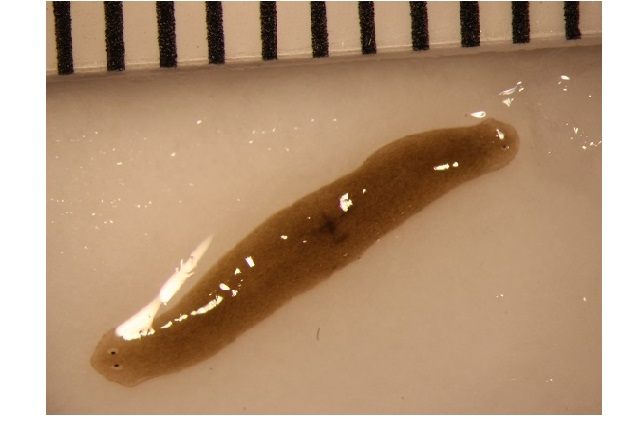A Worm Went to Space and Came Back With Two Heads
Nothing to see here.

On a SpaceX mission to the International Space Station in January 2015, American researchers included some flatworms. The idea was to see how the normal regenerative powers of planarian worms—which can regenerate a head under the right conditions—would react to an environment with no gravity, and then what would happen when they came back to Earth.
After five weeks in space, the worms returned, and some of them were … different. Some spontaneously divided themselves into identical worms. Others spent more time in light than Earth-bound ones do. And, most striking and kind of spooky of all, was one worm came back with a second head, a form of spontaneous regeneration that researchers had never seen before. (Both heads grew from a single amputated fragment.)
“Normal flatworms in water never do this,” Michael Levin, the lead researcher on the project, told Live Science. Levin and his coauthor’s research was published recently in the scientific journal Regeneration.
How could this occur? Levin doesn’t know, exactly, but he theorizes that it could have been the “loss of the geomagnetic field, loss of gravity, and the stress of takeoff and landing.”. Any number of things, in other words.
Whatever the case, the two heads are here to stay. Researchers tried amputating them anew, leaving a headless middle fragment, but both of the heads just grew back. A double-headed, spontaneously regenerating worm from space, huh? Everyone sleep well tonight.

















Follow us on Twitter to get the latest on the world's hidden wonders.
Like us on Facebook to get the latest on the world's hidden wonders.
Follow us on Twitter Like us on Facebook